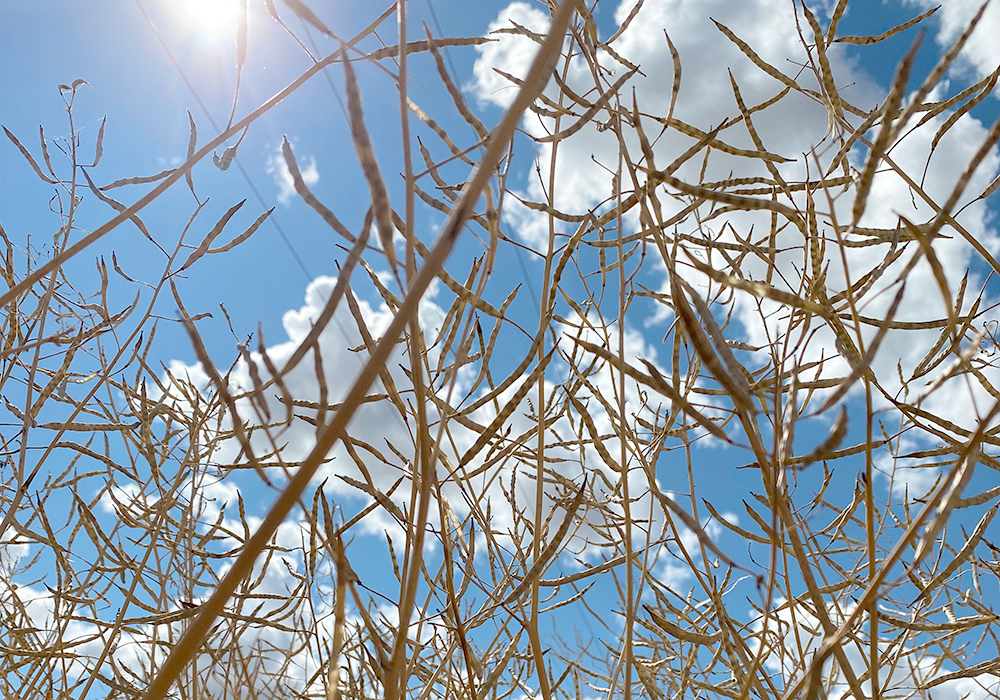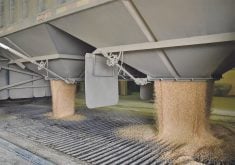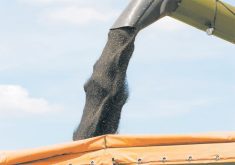As I write this on June 25, the Environment Canada weather forecast has a 30 percent chance of showers for my area of southwestern Saskatchewan and dark clouds are approaching from the west. We need a lot of rain, not just a shower. Many crops are already severely and irreparably damaged.
Early-seeded crops are showing the most drought stress, particularly cereals, but later-seeded crops may end up no better unless the weather pattern changes. Too little rain, not enough subsoil moisture reserve and a lot of heat in May and early June has been a deadly trifecta.
Some land has fared better in the thunderstorm lottery, but in this area even an average crop seems unattainable. Other areas of southwestern Saskatchewan are in better shape and most of the province is looking not too bad, according to the latest crop report from Saskatchewan Agriculture.
As you can see from the table, moisture conditions provincially aren’t as good as this time last year, but they are considerably better than the widespread drought year of 2021.
The grasshopper infestation seems to be far worse than either 2022 or 2021. A great deal of cropland has received one or more insecticide applications. The grasshopper forecast map seems to have drastically underestimated the magnitude of the problem.
Precipitation maps for Western Canada tell an interesting story. If you look at Agriculture Canada’s percent of average precipitation map for Sept. 1, 2022, to June 19, 2023, you’ll see a big chunk of central and southern Alberta and most of Manitoba at only 40 to 60 percent.
Most of Saskatchewan is in the 60 to 85 percent of normal category. Areas with about normal precipitation (85 to 115 percent) include a pocket around Regina, an area north of Saskatoon and a big chunk of land stretching from south of Edmonton and northwest toward Peace River country.
The picture changes when you look at percent of average precipitation for the growing season, April 1 to June 19. Manitoba is still dry with some areas at below 40 percent of normal.

Saskatchewan looks better in this time frame with much of the province in the 85 to 115 percent category and the area around Regina higher than normal at 115 to 150 percent.
Southern Alberta south and west of Calgary shows up as very dry with less than 40 percent of average precipitation. West and north of Edmonton has areas with 150 to 200 percent of normal precipitation since April 1.
While scores of analysts try to predict the size of the prairie crop, it’s too early for anyone to release a definitive estimate. I’m no doubt jaded from being in a dry zone and watching crops wither, but based on the precipitation stats, 2023 won’t be a bin buster.
Oh, those promising clouds that were approaching when I started writing — they’re long gone and not a drop fell.
Kevin Hursh is an agricultural journalist, consultant and farmer. He can be reached by e-mail at kevin@hursh.ca.
















